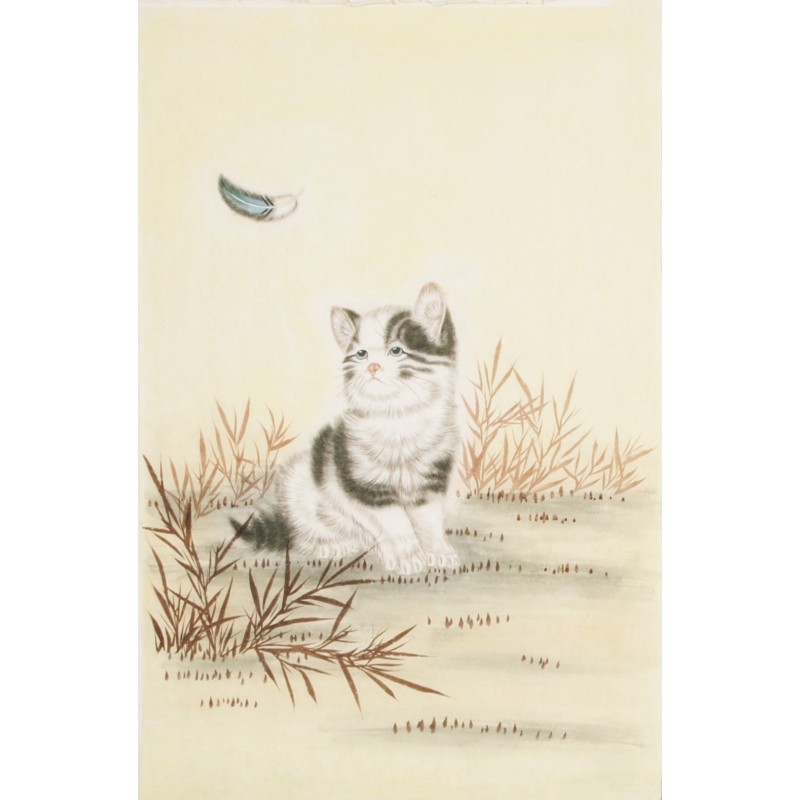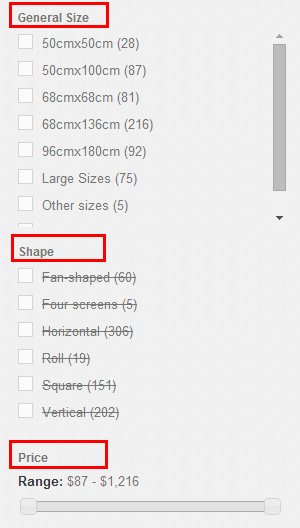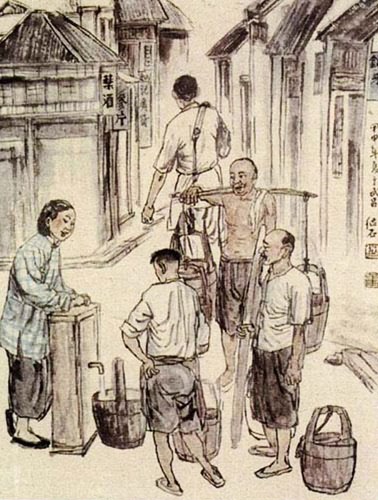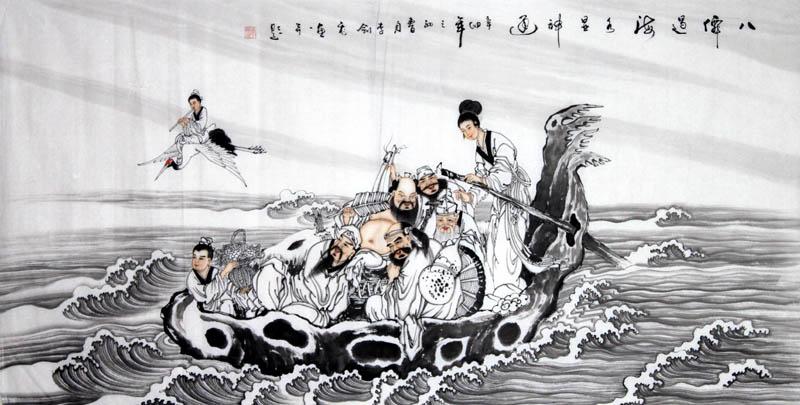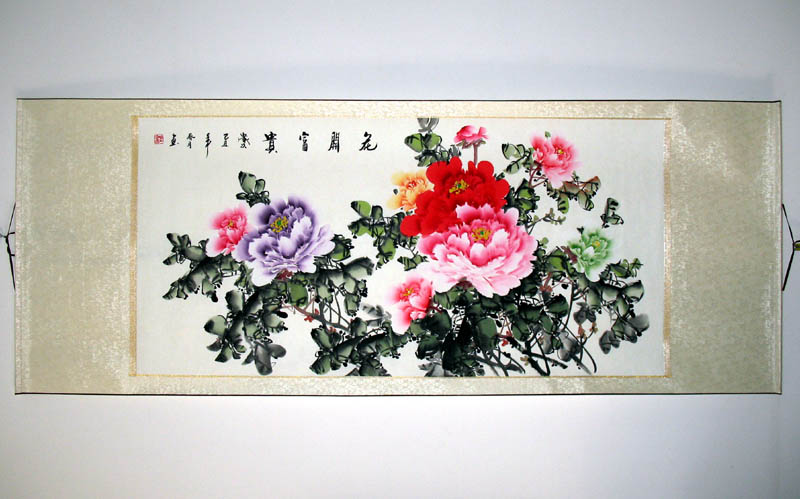Buddha paintings can be traced back to the Sakyamuni age between the 6th to 5th centuries B.C. According to the record, after Sakyamuni became the Buddha, a rich businessman was converted. To invite the Buddha to spend the rain retreat of the monsoon period, he bought a garden in Sravasti, in which he built a bedroom, a storage room, a warehouse, a living room, a bathroom, and a pool – almost everything but paintings. Hence he began to paint Buddha paintings in it, which was the earliest start of Buddha paintings.
Early Buddhism held that the image of Sakyamuni was indescribable, and any artistic method could not present his specific image. Therefore, for over 200 years until the age of Ashoka the Great (273 B.C. – 232 B.C.), Sakyamuni could not be found in Buddha paintings of India. Symbolic methods were used in paintings and basso-relievo to display the pre-life and present life of Sakyamuni. For instance, a footprint means the Buddha had arrived, and dharma-cakra, throne, or banyan was used at the place where Sakyamuni spoke Dharma. Until the second century at the Age of Gandhara, the image of Sakyamuni began to emerge in the paintings.
In China, the earliest record on Buddha paintings was in the reign of Emperor Ming of the Eastern Han Dynasty, and they started to prosper in the Wei, Jin, and Southern and Northern Dynasties. The representative artists included Dai Kui, Gu Kaizhi, Cao Zhongda, and Zhang Sengyao. The Fifth Buddha (Wu Shi Fo), the representative work of Dai Kui in the Eastern Jin Dynasty, the Painting of Vimalakirti by Gu Kaizhi of the Eastern Jin Dynasty, and the jade Buddha sent from the Lion Kingdom (Sri Lanka) were reputed as “Three Wonders” at that time.
In the Tang Dynasty, the early- and mid-Tang painting style represented by Wu Daozi and Zhou Fang was highly praised in history for creating the temple mural with dynamic effect like “wind blowing on the whole wall.”
Wu Daozi was a master of Buddha paintings, murals in particular. He created some 300 murals in Chang’an and Luoyang. When painting murals, he often finished at one stroke, and was crowned “Painting Sage” by later generations. His representative Buddha painting was Hell Conversion (Diyu Bianxiang). The Painting of Six Aryas (liu zunzhe xiang) by Lu Lengjia, a disciple of Wu Daozi, is also one of the masterpieces of extant Buddha paintings.


